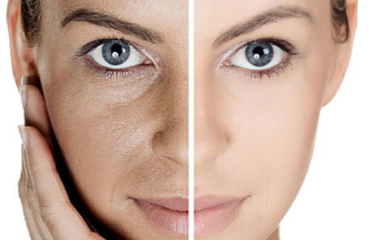
Over the past decade, cellular therapy has rapidly advanced in both preclinical and clinical settings. Mesenchymal stem cells (MSCs) have garnered significant interest in regenerative medicine due to their unique biological properties.
Characteristics of Mesenchymal Stem Cells
Mesenchymal stem cells are multipotent stromal cells capable of differentiating into various cell types, including osteoblasts, chondrocytes, myocytes, and adipocytes. They play crucial roles in tissue repair, wound healing, and cell substitution.
Sources of Mesenchymal Stem Cells
Initially isolated from bone marrow, MSCs can now be sourced from various tissues such as adipose tissue, dental pulp, umbilical cord, and placenta. Each source offers unique advantages in terms of accessibility and therapeutic potential.
History and Development
The concept of MSCs dates back to the late 19th century with Cohnheim’s hypothesis on fibroblastic cells in wound healing. Alexander Friedenstein’s work in the 1970s further characterized MSCs, demonstrating their colony-forming ability and osteogenic differentiation potential.
Clinical Applications
MSCs have been extensively studied and applied in treating immune-based disorders like rheumatoid arthritis and diabetes, as well as orthopedic conditions such as osteoarthritis and spinal cord injuries. Their immunomodulatory properties make them promising candidates for gene therapy and insulin production.
Current Research and Future Directions
Ongoing research focuses on enhancing MSC therapy efficacy, addressing challenges like tumor formation and immune reactions. Advancements in culturing techniques and understanding MSC behavior in vivo are critical for expanding their clinical applications.
Conclusion
Mesenchymal stem cells represent a pivotal frontier in regenerative medicine, offering new avenues for treating chronic diseases and injuries. Continued research is essential to fully harness their therapeutic potential.
REFERENCES
- Wei X, Yang X, Han ZP, Qu FF, Shao L, Shi YF. Mesenchymal stem cells: a new trend for cell therapy. Acta Pharmacol Sin. 2013 Jun; 34(6):747-54
- Friedenstein AJ, Piatetzky II S, Petrakova KV. Osteogenesis in transplants of bone marrow cells. J Embryol Exp Morphol. 1966;16:381–90
- Friedenstein AJ, Chailakhyan RK, Latsinik NV, Panasyuk AF, Keiliss-Borok IV. Stromal cells responsible for transferring the microenvironment of the hemopoietic tissues. Cloning in vitro and retransplantation in vivo. Transplantation. 1974;17:331–40.
- Pittenger MF, Mackay AM, Beck SC, Jaiswal RK, Douglas R, Mosca JD, et al. Multilineage potential of adult human mesenchymal stem cells. Science. 1999;284:143–7.
- Caplan AI, Dennis JE. Mesenchymal stem cells as trophic mediators. J Cell Biochem. 2006;98:1076–84.
- Wang S, Qu X, Zhao RC. Clinical applications of mesenchymal stem cells. Journal ofHematology & Oncology. Apr 30, 2012;5:19.
- Dominici, M., Le Blanc, K., Mueller, I., Slaper-Cortenbach, I., Marini, F., Krause, D., Deans, R., Keating, A., Prockop, D. and Horwitz, E. (2006) Minimal criteria for defining multipotent mesenchymal stromal cells. The International Society for Cellular. Therapy position statement. Cytotherapy 8, 315–31.




